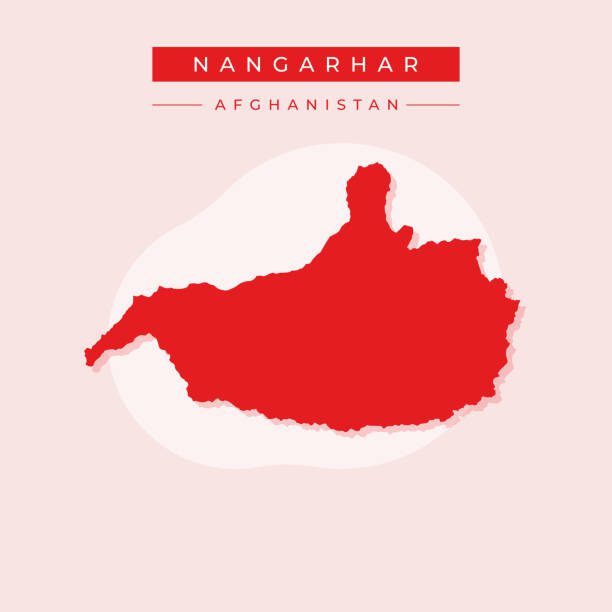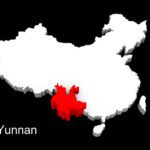The Center for the Scientific Study of Families reports are designed to provide relevant information about the conditional state of families in a specified context. The report provides information such as population, culture, family structure, and family life.
Family reports are an important tool for improving the lives of families. By providing information about the family’s conditional state and context, family reports can help improve communication between families and service providers and lead to better outcomes for families and children.
Introducing Nangarhar, Afghanistan
Located in the eastern part of the country, Nangarhar is bordered by Logar, Kabul, Laghman, and Kunar provinces to the north and Pakistan to the east and south. The capital of Nangarhar is Jalalabad. The population of Nangarhar is estimated to be around 1.7 million people, the third highest of Afghanistan’s 34 provinces.
Nangarhar is a largely mountainous province, with the Spin Ghar and Safed Koh mountain ranges running along its southern border. The Khyber Pass, a major trade route between Afghanistan and Pakistan, is located in the eastern part of the province. Nangarhar is also a major agricultural province, producing a wide variety of fruits, vegetables, and nuts. The province is also home to a number of industrial areas, including the Nangarhar Industrial Park.
Nangarhar has a long history, dating back to the ancient kingdom of Gandhara. The province was once a major center of Buddhism, but was converted to Islam in the 8th century. Nangarhar was also a major center of the Pashtun resistance to the Soviet occupation of Afghanistan in the 1980s.
Cultural and Ethnic Diversity
The different cultural and ethnic groups in Nangarhar have a rich history and heritage. They have all contributed to the unique culture of the province, which is a mix of Persian, Afghan, and Central Asian influences. The Naval Postgraduate School provides an ethnic breakdown:
Pashtuns: Pashtuns are the majority ethnic group in Nangarhar, making up around 90% of the population. They are a tribal people who speak Pashto, a language that is closely related to Persian. Pashtuns are known for their hospitality and their fierce independence.
Tajiks: Tajiks are the second largest ethnic group in Nangarhar, making up around 5% of the population. They are a Persian-speaking people who are concentrated in the northern and eastern parts of the province. Tajiks are known for their culture and their literacy rate, which is higher than that of the Pashtuns.
Hazaras: Hazaras are the third largest ethnic group in Nangarhar, making up around 3% of the population. They are an ethnic minority that is concentrated in the central and western parts of the province. Hazaras are known for their distinct physical features, which are thought to be due to their Mongolian ancestry. Hazaras are also known for their Buddhism, which is a minority religion in Afghanistan.
Uzbeks: Uzbeks are Turkic-speaking people who make up around 2% of the population in Nangarhar. They are concentrated in the north-western part of the province. Uzbeks are known for their culture and their hospitality.
Others: There are also a number of smaller ethnic groups in Nangarhar, including Arab, Pashai, and Kuchi. These groups make up around 1% of the population.
Family Demographics

Jalalabad, Nangarhar Province / Afghanistan: Two Muslim boys in Jalalabad, Afghanistan. The two boys wear traditional clothes. Afghan boys, Muslim children, Jalalabad, Afghanistan.
In Afghan society, including Nangarhar, family structures often emphasize close-knit relationships, and extended families can play a significant role. However, the specifics of family size, dynamics, and structures can vary among different ethnic groups and communities. Pashtun culture, for example, traditionally values large families and interconnected social networks.
Nangarhar has one of the highest average household sizes in Afghanistan, as the average household size was 10 people in 2008. Specific statistics regarding marriage and divorce rates were not found.
The population of Nangarhar has been growing rapidly in recent years due to a combination of factors, including high birth rates and an influx of refugees from other parts of Afghanistan. The province is also a major destination for economic migrants from Pakistan and other countries in the region.
The rapid growth of the population has put a strain on Nangarhar’s resources, including its infrastructure, healthcare system, and education system. The province is also a major security challenge, as it is a stronghold of the Taliban insurgency.
The adult literacy rate in Nangarhar is roughly 27%. However, there are increasing efforts to enroll more men and women in educational courses throughout the province. For example, in 2023, the Education Department of Eastern Nangarhar enrolled 11,000 people (including 4,500 women) in adult literacy courses.
Conclusion
While each community contributes distinct practices, traditions, and values, the overarching theme of strong family bonds in Nangarhar remains constant. As the province navigates changing socioeconomic landscapes and global influences, the resilience of Nangarhari families continues to shape the province’s cultural identity. Despite some security challenges, Nangarhar remains an important province for Afghanistan. The province has a large and growing economy, and it is home to a number of strategic assets.





